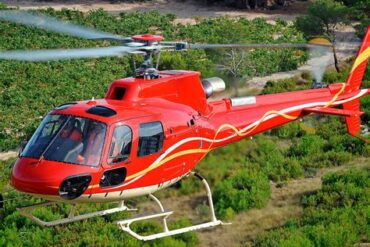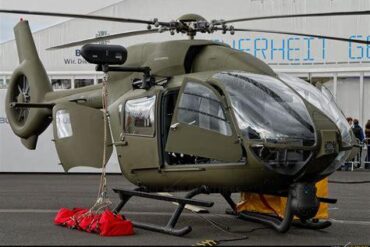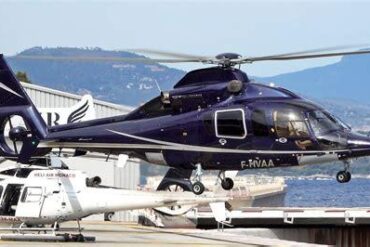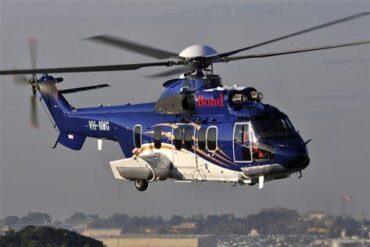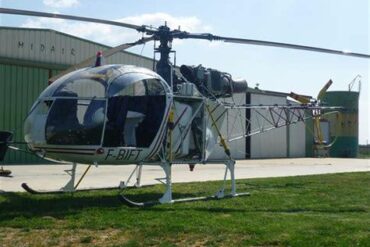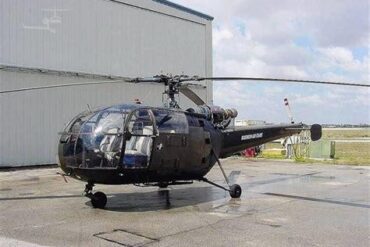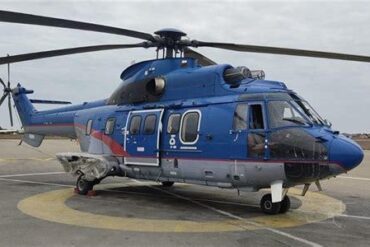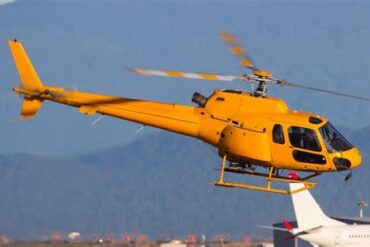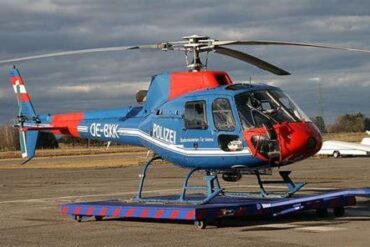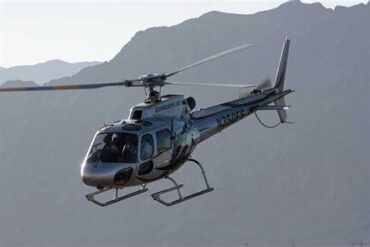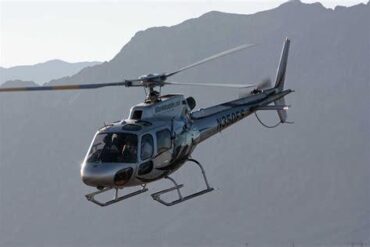The Airbus ACJ320neo, a remarkable addition to the Airbus Corporate Jet family, represents the pinnacle of modern business aviation. This aircraft is not only an embodiment of luxury and comfort but also a testament to advanced aerodynamics and fuel efficiency. In this comprehensive analysis, we delve into the price and operating costs associated with the ACJ320neo, providing potential buyers and operators with essential insights.
Overview of the Airbus ACJ320neo
The ACJ320neo is built upon the highly successful A320 family platform and incorporates cutting-edge technologies that significantly enhance its performance. The aircraft features new-generation engines, advanced wing designs, and improved aerodynamics, contributing to reduced fuel consumption and emissions. With a range of up to 6,000 nautical miles, the ACJ320neo can connect global destinations with ease, making it an ideal choice for executives and corporate travelers.
Key Specifications
-
Length: 123 feet 3 inches (37.57 meters)
-
Wingspan: 117 feet 5 inches (35.8 meters)
-
Maximum Takeoff Weight: 78,000 pounds (35,380 kg)
-
Cruising Speed: Mach 0.82
-
Passenger Capacity: Up to 25 passengers in a comfortable, custom-designed layout
Price of the Airbus ACJ320neo
Understanding the price of the Airbus ACJ320neo is crucial for prospective buyers. The base price of the ACJ320neo typically starts around $110 million. However, the final cost can vary significantly based on several factors:
-
Customizations: Buyers often opt for bespoke interiors, which can include luxury seating, private bedrooms, conference rooms, and state-of-the-art entertainment systems. These customizations can add anywhere from $10 million to $30 million to the initial purchase price.
-
Additional Equipment: The inclusion of advanced avionics, satellite communication systems, and enhanced safety features can further increase the overall cost. Adding these systems can range from $1 million to $5 million depending on the specifications.
-
Market Conditions: The overall market for business jets can influence pricing. Economic factors, demand and supply dynamics, and the introduction of new models can affect the final purchase price.
-
Delivery Timeframe: Depending on the urgency of delivery, potential buyers may need to negotiate expedited manufacturing timelines, which can also impact the price.
Comparative Pricing
When considering the ACJ320neo, it’s beneficial to compare it with other aircraft in its class. For example, the Bombardier Global 7500 has a price tag starting at $73 million, while the Gulfstream G650ER starts around $66 million. While these alternatives may have lower base prices, the ACJ320neo offers unparalleled cabin space and long-range capabilities, appealing to those who prioritize comfort and travel distance.
Operating Costs of the Airbus ACJ320neo
Operating costs are a critical consideration for any aircraft owner. The Airbus ACJ320neo boasts competitive operating costs relative to its size and capability. Here’s a detailed breakdown of the various components influencing these costs:
Fuel Costs
Fuel is often the most significant ongoing expense for aircraft operators. The ACJ320neo’s new-generation engines provide remarkable fuel efficiency. On average, the aircraft consumes approximately 5,000 to 5,500 pounds of fuel per hour. Given the current fuel prices, which can fluctuate between $4 to $7 per gallon, operators can expect to spend around $1,200 to $1,800 per hour on fuel alone. This efficiency translates to significant savings over time, especially for long-haul flights.
Maintenance Costs
Routine maintenance is essential for ensuring the aircraft remains in optimal condition. The ACJ320neo benefits from a robust support network and streamlined maintenance protocols, reducing downtime and costs. Annual maintenance costs can range from $600,000 to $1 million, depending on usage and specific maintenance requirements. Factors affecting maintenance costs include:
-
Flight Hours: The more hours flown, the higher the maintenance costs.
-
Aging Components: As the aircraft ages, certain parts may require replacement or upgrades, impacting overall expenses.
Crew Costs
Crew salaries are another vital component of operating costs. Depending on the size of the crew required for the ACJ320neo, which typically includes a pilot, co-pilot, and flight attendants, annual crew costs can range from $300,000 to $700,000. Factors influencing these costs include:
-
Experience Level: More experienced pilots command higher salaries.
-
Training Requirements: Regular training and certification are essential, adding to overall crew costs.
Insurance Costs
Insurance is a necessary expense for aircraft owners. The cost of insuring the ACJ320neo can vary widely based on factors such as the aircraft’s value, the owner’s flying history, and coverage options. On average, insurance costs can range from $50,000 to $150,000 per year.
Hangar Fees
Hangar fees are often overlooked but can represent a substantial portion of operational costs. Depending on the location, hangar fees can vary significantly. In major airports, these fees can range from $1,000 to $3,000 per month, translating to $12,000 to $36,000 annually.
Total Operating Cost Estimate
Taking all these factors into account, the estimated total operating costs for the Airbus ACJ320neo can range from $1.5 million to $3 million per year, depending on usage patterns and specific operational choices. This estimate assumes an average flying time of approximately 400 to 500 hours per year.
Cost-Benefit Analysis
When evaluating the ACJ320neo’s price and operating costs, it is essential to consider the return on investment. The enhanced comfort, increased productivity, and ability to reach distant destinations efficiently contribute to the aircraft’s value proposition. Corporate entities often find that investing in a business jet like the ACJ320neo yields dividends in terms of time savings and flexibility, outweighing the associated costs.
Conclusion
In conclusion, the Airbus ACJ320neo stands out as a premier choice for those seeking a blend of luxury, efficiency, and performance in business aviation. With a starting price around $110 million and competitive operating costs, this aircraft offers a compelling case for corporate travelers and operators. By understanding the intricacies of both purchase and operating costs, potential buyers can make informed decisions that align with their aviation needs. The ACJ320neo not only represents a significant financial investment but also a strategic asset in today’s fast-paced business environment.


